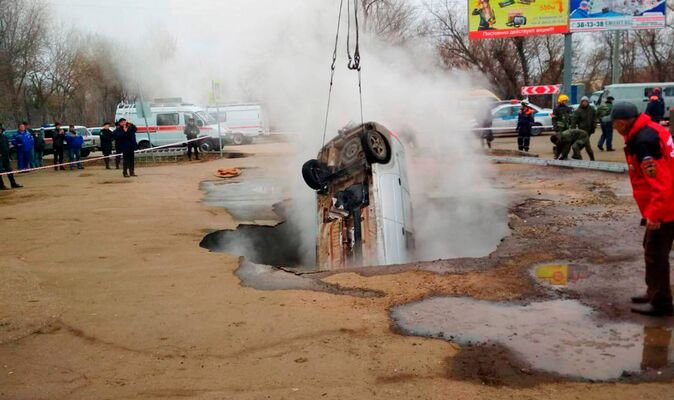A decadent feast in 1531 Lambeth, south London, took a sinister turn, culminating in one of history’s most chilling executions – death by boiling.
The fine dining experience turned fatal as guests became violently sick, with suspicion immediately falling on the cook, Richard Roose. Accusations flew that Roose had laced the food with a mysterious powder, leading to widespread illness.
King Henry VIII handed down a gruesome verdict for the alleged crime of poisoning. Roose was to die by being boiled alive, marking a grim first in British punitive measures.
Contemporary records are sparse on the horrid details of his demise, but it’s known Roose was bound to a gibbet before his body endured repeated immersions into scalding liquid. Audible above the crowd, he reportedly “roared mighty loud” and met his end after two torturous hours.
The method of boiling as an execution was envisioned as one drawn out in torture, ensuring the condemned felt the full torment of their scalding punishment, reports the Daily Star.
Burns from heat occur when skin cells are destroyed, though studies imply that it isn’t the burns themselves that kill but rather the subsequent bodily shock due to severe trauma.
Thermal injuries arise when skin or other bodily tissues are damaged or destroyed, and the accompanying state of shock – a perilous condition brought about by inadequate oxygen flow – can often prove fatal.
The NHS lists signs of shock as including a pale face, cold or clammy skin, a rapid pulse, fast, shallow breathing and unconsciousness. Severe burns can cause soft tissues to contract, resulting in skin tearing and the shrinking of fat and muscles, while burn-induced muscle contractions may lead to joint flexing.
Heat damage from burns has been shown to potentially cause respiratory failure by directly harming the airways, which can be fatal and is a leading cause of death among burn victims, especially those with inhalation injuries. Historical accounts note that Richard Roose suffered significant blisters from burns, but it’s not clear whether his cauldron contained water, oil, or wax.
Other historical records of similar gruesome deaths indicate that victims were placed in cool liquids that were then heated to boiling, prolonging the onset of shock and maximising pain. A YouTube video recounting such stories has viewers appalled at the barbaric punishments, with one saying it was the “worst execution.”
Another viewer added: “It’s hard to fathom the brutality these people inflicted on one another. We are the cruellest of all living species.”
A third added: “Even if guilty this punishment is beyond evil.”
This form of execution was so savage that it was subsequently banned by Edward VI in 1547. Nevertheless, accidental fatalities due to boiling can still tragically occur in the present day.
For example, in 2016, a 23 year old met a horrific end after falling into a hot spring at Yellowstone National Park in the US, his body dissolving in the intense heat. When his remains were discovered, the water was reportedly at a boiling temperature of 100°C (212°F).
According to the World Health Organisation, an estimated 180,000 deaths each year are attributed to burn injuries. In a chilling incident in 2019, two Russians were boiled alive when their vehicle plunged into a sinkhole filled with scorching water, having failed to swerve at the last moment.
